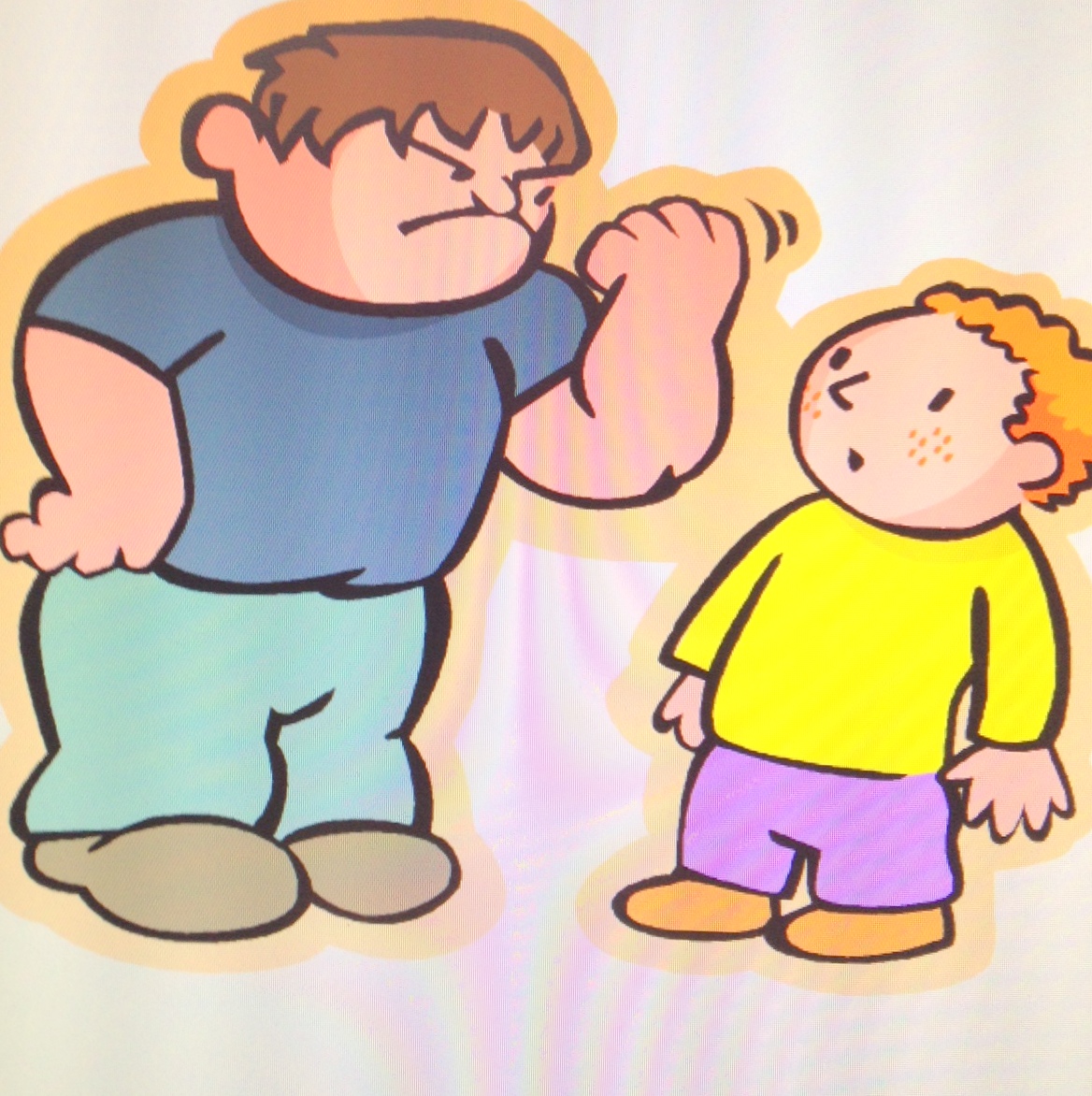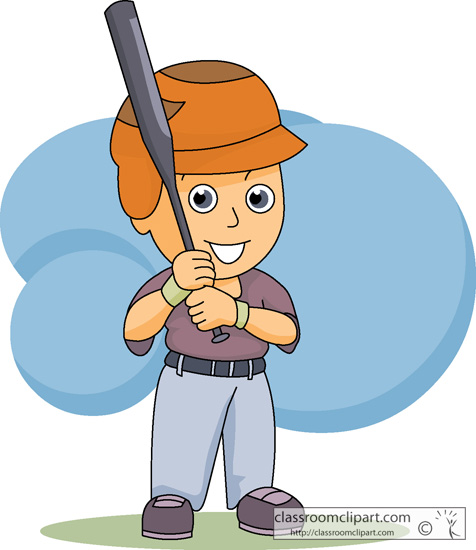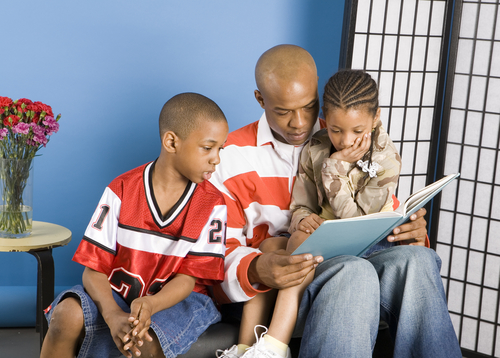Learning to set and hold boundaries is an important life skill. Adults without boundaries are routinely taken advantage of by others because they lack the skill set it takes to say “no” in various situations. Many don’t even realize they have a choice when asked to do something: They become “people pleasers,” responding to the needs and requests of others often without considering the cost to themselves. Holding personal boundaries and respecting those of others is a critical component of sexual health and safety, and it’s never too early to teach and model healthy assertiveness for our kids.
The only girl in my college dorm who had a car had just that problem. She never refused anyone who asked for a ride, no matter how inconvenient it was for her. Eventually, after she and I became pretty close friends, I asked her for a lift and to my surprise she said no, offering the explanation that she could only say no to her friends because they already liked her. She should have been able to assert herself to everyone, and her inability to do so with people who were not her friends could have led her into trouble.
Assertiveness training was a popular trend in the 1970s and 1980s. Books with titles such as Your Perfect Right1 or Don’t Say Yes When You Want to Say No2 became bestsellers, the concepts embraced by millions of readers. Assertiveness training offers strategies to stand up for your rights while respecting the rights of others. Use this concept as inspiration when promoting assertiveness in young children and teens as a tool for keeping their bodies and psyches healthy and safe; support kids learning to stand up for themselves while respecting others.
“But Grandmom needs a hug for the holidays!” exclaims your spouse. Maybe she does, but the needs of the adults never take priority over the needs of a child. If an adult says she “needs” a hug, that magnifies the reasons for a child to have permission to keep her boundaries. Children are not meant to meet the needs of adults; nature has designed things to be the other way around. When adults forget that, children can be at risk.
Talking with your children about setting and keeping boundaries is just another way of describing the act of standing up for one’s rights; parents can teach kids what their rights are and give them the skills, and the permission, to stand up for themselves as protection against boundary-pushers of all types — peers, as well as adults. Consider teaching school-aged children to respond to a request for a hug or a kiss by offering a warm smile and a handshake if that’s what they’d prefer.
A critical part of human development is individuating, which means becoming someone who is separate and different from others. As infants, children are attached to the adults who nurture and nourish them —they come into the world with no boundaries at all. As they become toddlers, some boundaries begin to develop, but don’t mistake ego-centrism (the belief that the world revolves around them) for boundaries. Just because a child can yell “mine!” when someone wants one of her toys does not mean she has the maturity to set and keep social or bodily boundaries; these are very different skillsets and concepts. Little ones need the adults who love them to respect and protect their boundaries for them.
Parents can start teaching children bodily boundaries by the age of two or three. Teaching by example is most effective, and one of the best examples is allowing a child to decide with whom they will share physical affection. Be warm and polite about it, but support your child in holding boundaries that keep them feeling safe and comfortable. Grandmom will suffer no ill effects from a polite and charming declining of a hug, and in fact should commend your child’s ability to think for himself!
Dr. Janet Rosenzweig is the Vice President, Research and Programs for Prevent Child Abuse America and the author of The Sex-Wise Parent and The Parent’s Guide to Talking About Sex: A Complete Guide to Raising (Sexually) Safe, Smart, and Healthy Children. For more information, read her blog , follow @JanetRosenzweig on Twitter or contact DrRosenzweig@sexwiseparent.com to schedule a program for your school or community group.





